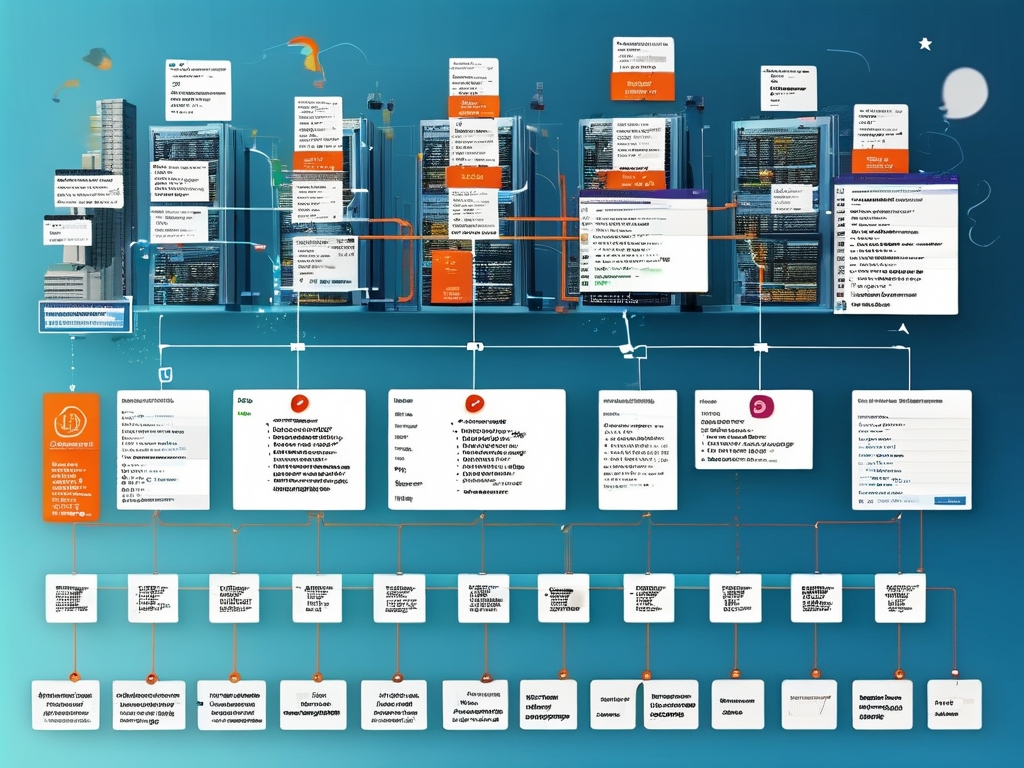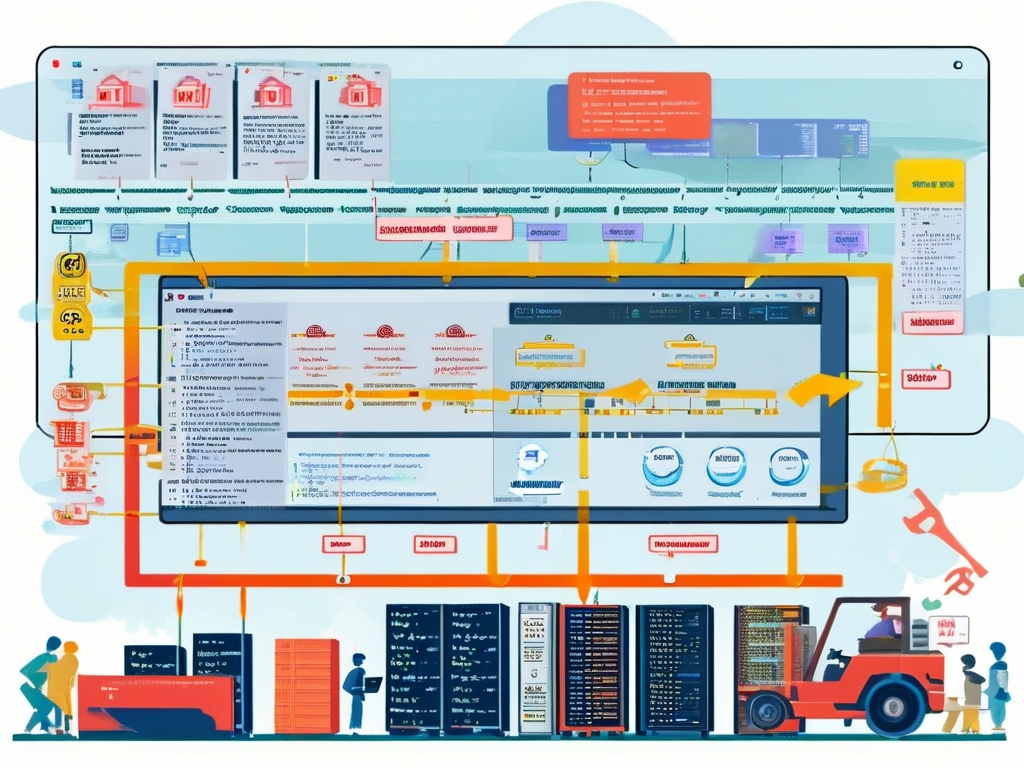In today's fast-paced development environments, efficiently deploying PHP applications is critical for maintaining productivity and minimizing downtime. Manual deployment processes are error-prone and time-consuming, especially when handling complex workflows or scaling projects. This article explores practical strategies for automating PHP code deployment while emphasizing reliability, security, and integration with modern DevOps practices.

The Need for Automation
Manual deployment involves repetitive tasks like transferring files, updating dependencies, and configuring servers—each step introducing potential human error. For PHP applications, which often rely on frameworks like Laravel or Symfony, manual handling can lead to version mismatches, broken dependencies, or incomplete database migrations. Automation addresses these risks by standardizing workflows and ensuring consistency across environments.

Core Components of an Automated Pipeline
A robust PHP automation pipeline typically includes:
- Version Control Integration: Tools like Git (GitHub, GitLab, or Bitbucket) trigger deployment workflows when code is pushed to specific branches.
- Continuous Integration (CI) Tools: Platforms such as Jenkins, Travis CI, or GitHub Actions automate testing and build processes.
- Deployment Scripts: Custom scripts or tools like Ansible, Capistrano, or Deployer execute server-side tasks.
Below is an example of a simple GitLab CI configuration for a PHP project:
stages:
- test
- deploy
unit_tests:
stage: test
image: php:8.2
script:
- composer install
- vendor/bin/phpunit
deploy_production:
stage: deploy
script:
- rsync -avz --delete ./ user@production-server:/var/www/html/
only:
- main
Implementing Zero-Downtime Deployments
For mission-critical applications, zero-downtime deployment is essential. Techniques include:
- Blue-Green Deployment: Maintain two identical production environments, switching traffic after successful deployment.
- Rolling Updates: Gradually update instances in a cluster to avoid service interruption.
Tools like Kubernetes or Docker Swarm simplify these strategies for containerized PHP applications. However, even without containers, scripting tools can achieve similar results. For example, using symlinks to switch application versions:
ln -nfs /var/www/releases/v2.3 /var/www/current
Security Considerations
Automation introduces new security challenges. Protect deployment pipelines by:
- Using SSH keys instead of passwords for server access.
- Restricting permissions via role-based access control (RBAC).
- Encrypting sensitive data (e.g., API keys, database credentials) with tools like Vault or environment variables.
Monitoring and Rollback Strategies
Even with automation, failures can occur. Implement monitoring tools (Prometheus, New Relic) to detect issues post-deployment. Maintain versioned backups and design one-click rollback mechanisms. For instance, store previous releases in timestamped directories and create a rollback script:
#!/bin/bash rm -f /var/www/current ln -s /var/www/releases/20231015-1432 /var/www/current
Customizing for PHP-Specific Requirements
PHP applications often require additional steps:
- Running
composer installwith optimized autoloaders. - Clearing opcode caches (APC, OPcache) after deployment.
- Executing database migrations via Artisan (Laravel) or Doctrine.
Integrate these into your deployment scripts:
php artisan migrate --force php artisan cache:clear
Automating PHP code deployment reduces errors, accelerates delivery cycles, and improves team collaboration. By combining version control, CI/CD tools, and intelligent scripting, developers can create resilient pipelines tailored to PHP’s unique requirements. Start with basic automation and progressively adopt advanced techniques like containerization or canary deployments as your project scales. Remember to audit and refine your processes regularly to align with evolving security standards and development practices.









